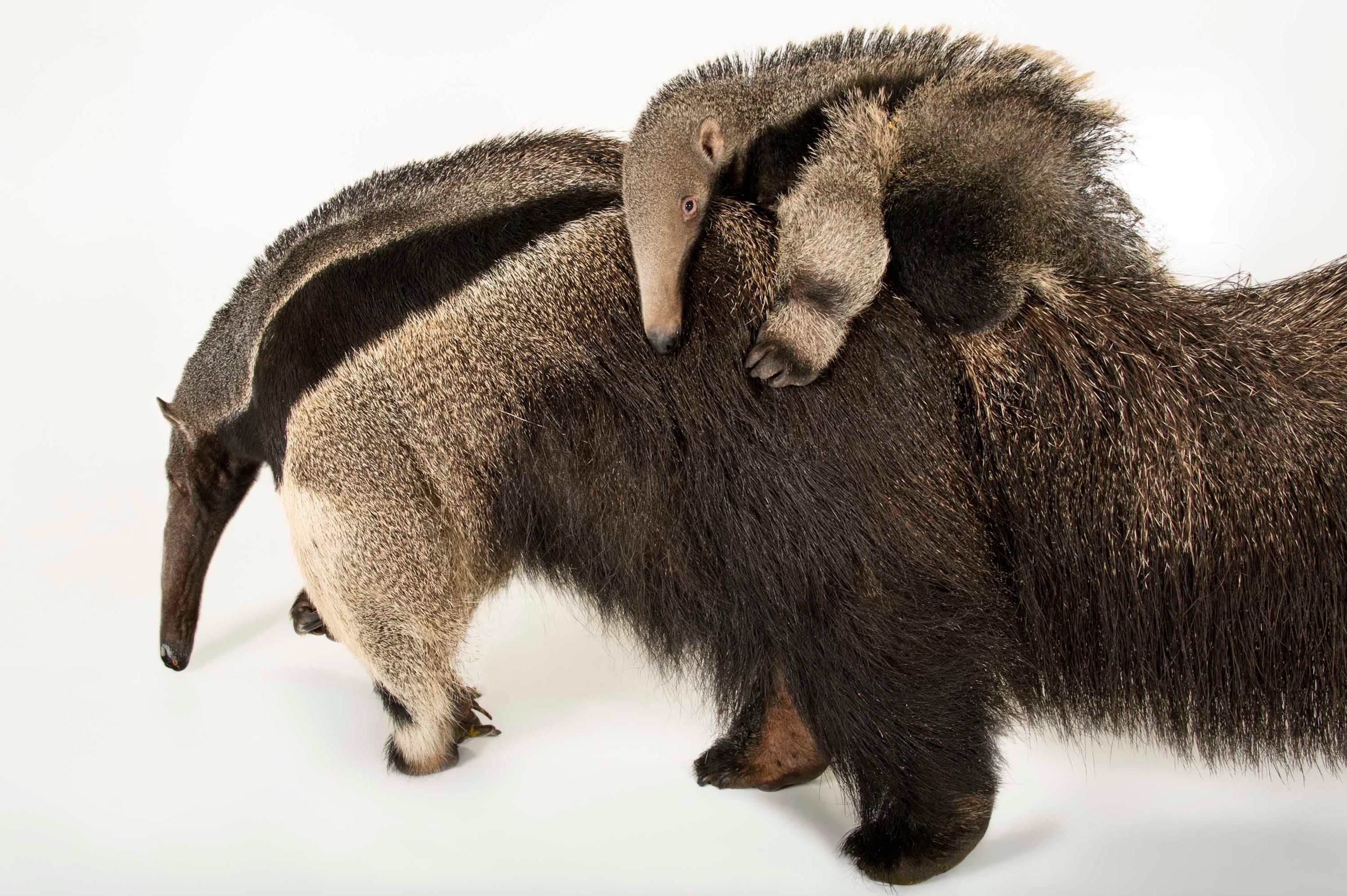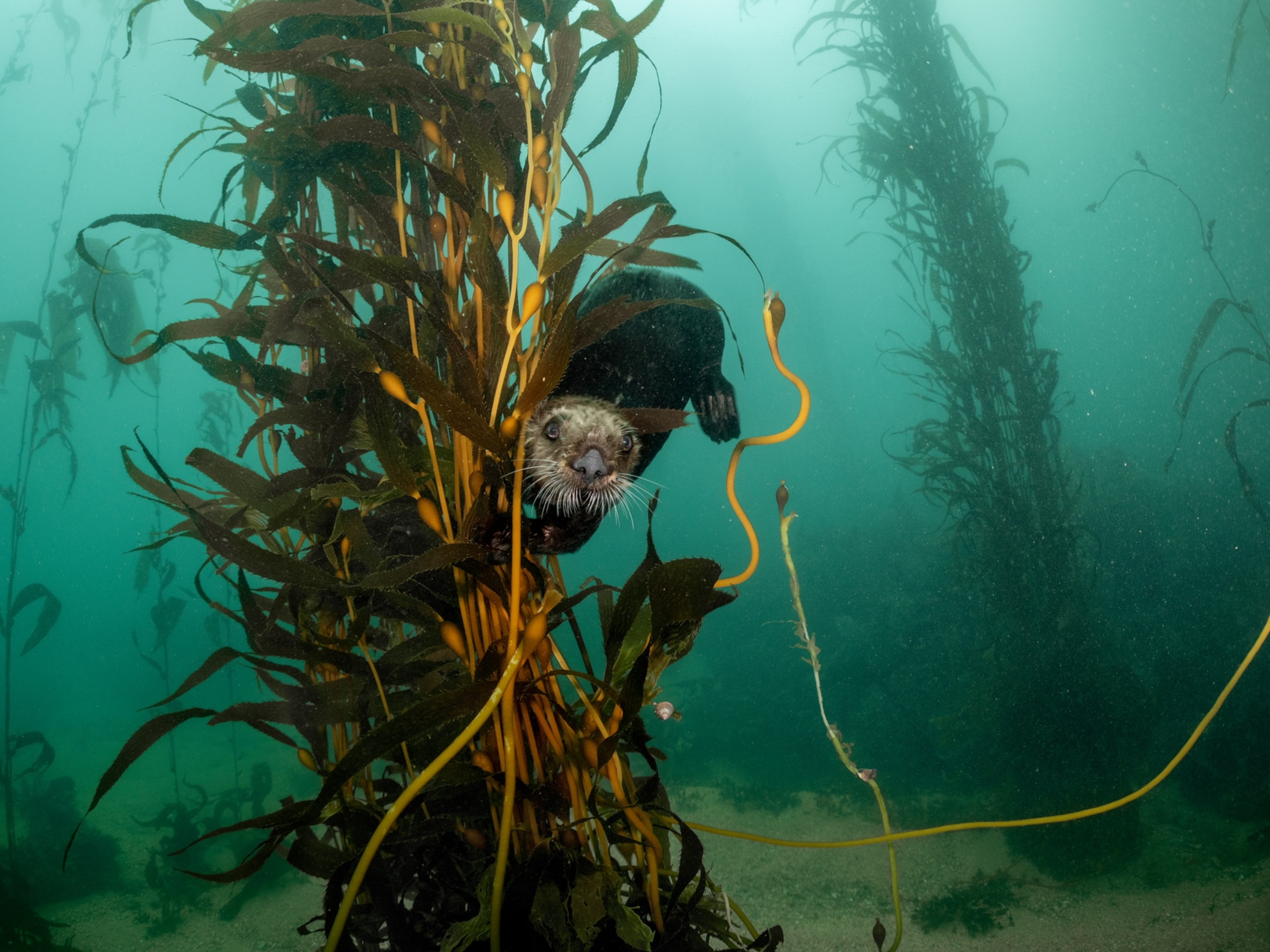
9 Animals With Misleading Names
A bearcat that's neither bear nor cat and a catshark called a dogfish are among some of our favorite scientific misnomers.
When Stephen Kolb Gilliland asked, “What do anteaters eat when they run out of ants?” Weird Animal Question of the Week got to thinking about animal names that don’t entirely fit the animal.
The four anteater species of Central and South America certainly scarf up lots of ants, but “they also love to eat termites,” as well as beetle and bee larvae, according to Mariella Superina, chair of the International Union for Conservation of Nature's Anteater, Sloth, and Armadillo Specialist Group. (Here are eight popular bugs that people should try eating.)
They're not only carnivores, either: A species of anteater called the southern tamandua regularly eats fruit in the wilds of Panama. Superina suspects the giant anteater does too.
Like the anteater that eats a lot more than ants, here are other animals with monikers that aren't quite the right fit.
Flying Lemur
What do you call an animal that doesn't fly and isn't a lemur?
A flying lemur, of course.
These two species of Southeast Asian mammal, also called colugos, bear a "striking resemblance" to lemurs, those beloved tree-dwelling primates of Madagascar, says Christopher Smith of the North Carolina Museum of Natural Sciences.
However, the Malayan colugo and Philippine colugo are not primates; they belong to an order all their own, Dermoptera—Latin for “skin wing,” Smith says.
They are primates' closest relatives, and, like real lemurs, colugos are "cute and fuzzy," have long snouts, and live in trees, he says. (Related: Flying Lemurs Are Primates’ Closest Kin.)
They also both go airborne—but in different ways.
A lemur called the sifaka, for instance, can leap 30 feet from tree to tree, while colugos have a natural "parachute"—a huge, stretchy membrane that allows them to soar up to a hundred meters through the forest.
While it looks like they're flying, colugos are actually "falling with style," as Smith puts it.
Flying Dragon
The flying dragon, also called the draco lizard, doesn’t fly either. (It's also not a dragon, much to the chagrin of Game of Thrones fans.)
These Asian reptiles glide through the trees to avoid ground-based predators, using folds of skin between their ribs. These membranes spread to form wings when they're airborne, says Robert Espinoza, a biologist at California State University, Northridge.
Bearcat and Catshark
Nothing’s more erroneous than calling a cat a dog, yet the chain dogfish of the Atlantic Ocean is actually a catshark, says George Burgess, an ichthyologist at the Florida Museum of Natural History.
A true dogfish is a type of shark that often feed in packs, which explains their nickname. But the chain dogfish is more catlike, in that it’s a solitary creature.
That makes its dog name even more odd, but looking for logic in this one might be barking up the wrong tree, Burgess quips. (After all, he notes, sailors looked at manatees and thought they looked like mermaids.)
Another catlike feature of the chain dogfish is long, slitlike eyes that shine like a cat's, Burgess says. (Related: "Through a Shark's Eyes: See How They Glow in the Deep.")
Speaking of non-felines, the Southeast Asian bearcat is neither bear nor cat. It’s a binturong, a medium-size predator related to fossas, civets, and genets.
Keeping Our Ducks in a Row
Some more of our favorite misnomers:
—The whiptail scorpion, or vinegaroon, is a type of arachnid, but not actually a scorpion.
—Koala bears aren’t bears—they're marsupials. (By the way, you may have learned in school that panda bears aren't bears, but recent genetic analysis shows they are.)
—Starfish and jellyfish are invertebrates, not fish—which is why you’re more likely to hear about sea stars and jellies these days.
Luckily, scientists have taxonomy, or Latin names, to keep track of species—and avoid getting confused by common names. (Related: "It’s Almost Tax Day: Here’s How Nature Files Its Taxas.")
The taxonomic system, "in addition to keeping things straight, is a reflection of [species'] evolutionary relationships,” Burgess adds.
Which animal misnomers did we miss? Tell us below.
Have a question about the weird and wild world? Tweet me, leave me a note in the comments, or find me on Facebook. Weird Animal Question of the Week answers your questions every Saturday.





